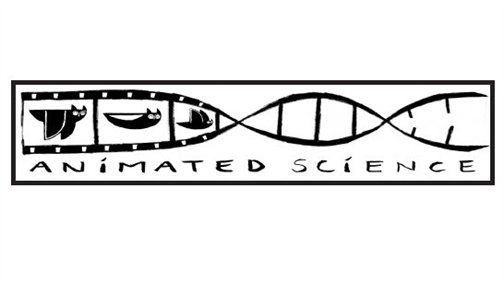

Animated Science
The aim of this EU project was in cooperation with our European partners to implement animation into scientific school subjects through making a DVD guide about how to do it.
With this guide we wish to integrate animation into the effort to generate a renewed interest in the scientific school subjects. We also wish to support the development of a creative approach to the scientific fields in general. This, we believe, is necessary to be able to create innovative solutions to future challenges in the areas of climate, environment, energy and health.
Animation is a strong visual language with many didactic advantages. Working in groups on the animation production creates a collaborative work process. It engages the children in their own learning process and involves several senses in all aspects of the task. This makes the training highly inclusive. Furthermore, the media calls for sharing experiences and final products at screenings or on the internet.
In this guide you will find instructions on how to integrate the animation media into the subject of Nature and Science at primary and lower secondary school levels as well as in the various scientific subjects on upper secondary level. You will find elaborate instructions in the use of animation from idea to the final film. Furthermore, the guide presents reflections on the pedagogic side of integrating animation into science education.
Last but not least the guide encompasses the extensive evaluation tool Gemstone, which contains learning questions aimed at different aspects of the children’s animations: the scientific content, storytelling, creativity, collaboration etc.
We wish you good luck with Animated Science!
The guide is produced by a European partnership between:
University of the West of England, Bristol (UK), Kinobuss, Tallinn (EE), Danmarks Pædagogiske Universitetsskole, Aarhus Universitet, København (DK), Leibniz-Institute for Science Education at the University of Kiel (DE) og er administreret af The Animation Workshop, VIA University College, Viborg (DK).
With this guide we wish to integrate animation into the effort to generate a renewed interest in the scientific school subjects. We also wish to support the development of a creative approach to the scientific fields in general. This, we believe, is necessary to be able to create innovative solutions to future challenges in the areas of climate, environment, energy and health.
Animation is a strong visual language with many didactic advantages. Working in groups on the animation production creates a collaborative work process. It engages the children in their own learning process and involves several senses in all aspects of the task. This makes the training highly inclusive. Furthermore, the media calls for sharing experiences and final products at screenings or on the internet.
In this guide you will find instructions on how to integrate the animation media into the subject of Nature and Science at primary and lower secondary school levels as well as in the various scientific subjects on upper secondary level. You will find elaborate instructions in the use of animation from idea to the final film. Furthermore, the guide presents reflections on the pedagogic side of integrating animation into science education.
Last but not least the guide encompasses the extensive evaluation tool Gemstone, which contains learning questions aimed at different aspects of the children’s animations: the scientific content, storytelling, creativity, collaboration etc.
We wish you good luck with Animated Science!
The guide is produced by a European partnership between:
University of the West of England, Bristol (UK), Kinobuss, Tallinn (EE), Danmarks Pædagogiske Universitetsskole, Aarhus Universitet, København (DK), Leibniz-Institute for Science Education at the University of Kiel (DE) og er administreret af The Animation Workshop, VIA University College, Viborg (DK).








